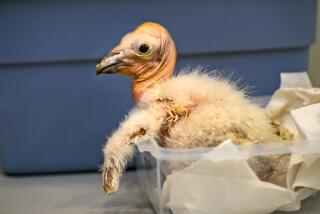BREEDING BIRDS: MOURNING DOVE
MOURNING DOVE
(Zenaida macroura)
Description: Trim-bodied with long tail tapering to a point. Black spots on upperwing; pinkish wash on underparts. In flight, shows white tips on outer tail feathers.
Habitat: Desert (near water) to open woodland, agricultural areas with scattered trees, suburbs.
Diet: Seeds, including waste grain from cultivated fields. Young are milk-fed for three days, then also seeds; entirely seeds by six to eight days.
Displays: Courtship; male performs gliding, spiraling aerial display over female with wingtips held below body.
Nest: In fork of horizontal tree branch, on ground, in deserted nests of other species, or anywhere else providing solid support. Construction is flimsy, usually of crossed sticks and twigs (occasionally grass, weed stems) lined with fine materials. Female builds, but male brings materials.
Eggs: White, unmarked and always covered; 1-inch long.
Natural history notes: Champion of multiple-brooding among North American birds--also most abundant doves in North America and most widely hunted and harvested game bird. Males may bow repeatedly and then lift heads and coo when defending territories. The male incubates eggs most of the day, female remainder of day. Males produce milk four to six days longer than females. Wings produce a fluttering whistle as the bird takes flight. Doves’ call is a mournful oowoo-woo-woo-woo .
Breeding bird atlas: To report bird breeding activity in your neighborhood, or to get information on the breeding bird atlas (now in its fifth and final year), call Sea and Sage Audubon Society members Sylvia Gallagher, (714) 962-8990, or Nancy Kenyon, (714) 786-3160.
Note: Map is divided into 5-kilometer squares so that Audubon Society volunteers can more easily survey areas on a regular basis.
Sources: Sea and Sage Audubon Society; “The Birder’s Handbook,” Ehrlich, Dobkin and Wheye, Fireside Books (1988); “Field Guide to the Birds of North America,” National Geographic Society (1987); “Birds of Southern California: Status and Distribution,” Garrett and Dunn, Los Angeles Audubon Society (1981).
Indicates 5-kilometer-square areas where breeding activity has been confirmed.
More to Read
Sign up for The Wild
We’ll help you find the best places to hike, bike and run, as well as the perfect silent spots for meditation and yoga.
You may occasionally receive promotional content from the Los Angeles Times.





